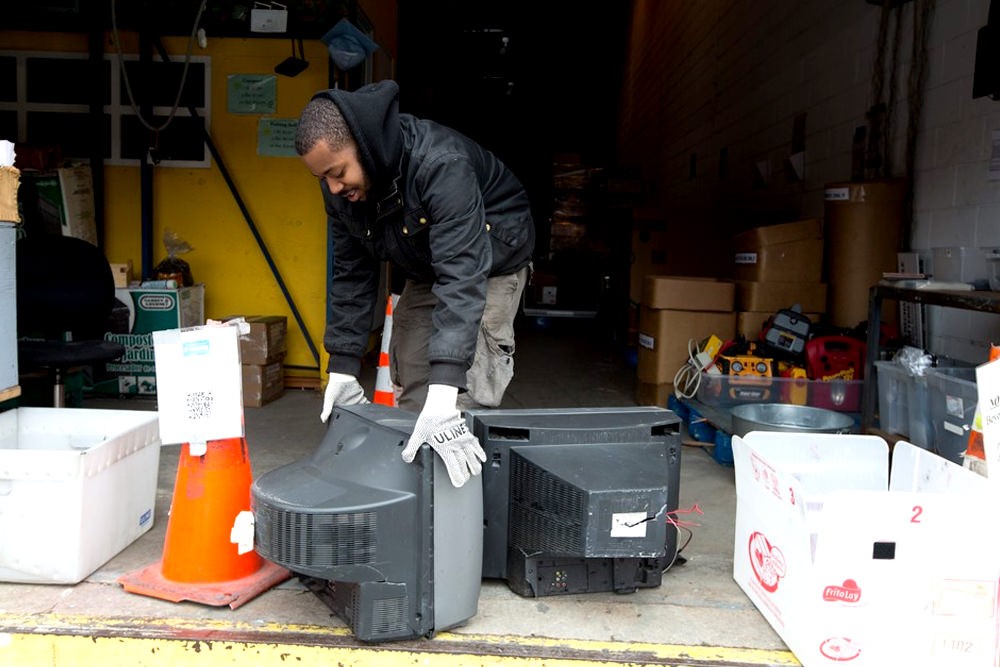E-Waste Recycling Process

Have you ever wondered how the e-waste recycling process works? The act of recycling is a process that starts with us, as individuals. Every recyclable item is put through this process, and the process that is used for recycling glass, paper and plastic is different from the e-waste recycling process. The e-waste recycling process is a tad bit…
Have you ever wondered how the e-waste recycling process works? The act of recycling is a process that starts with us, as individuals. Every recyclable item is put through this process, and the process that is used for recycling glass, paper and plastic is different from the e-waste recycling process.
The e-waste recycling process is a tad bit more complex and not every neighborhood recycling center accepts e-waste for recycling. However, if you contact your nearest recycling center, even if they do not handle e-waste, they can most likely tell you where to find the closest recycling facility that does.
How Does the E-Waste Recycling Process Work?
The e-waste recycling process begins at a recycling center that accepts and handles e-waste. These recycling facilities specialize in what many of them call the “end-of-life” for electronics. This end-of-life process of electronics recycling is the process that obsolete consumer electronics are disassembled and then separated into reusable, clean commodities.
Some of the larger recycling facilities are capable of effective and efficient processing of large volumes of electronics waste. Many high-tech centers utilize automated recycling equipment as well as the latest technology. These recycling centers are usually the most state-of-the-art facilities and are R2 Certified **. They are also designed for maximum material recovery, elimination of harmful waste and the safeguarding of recycling workers and the environment.
The Stages of the E-waste Recycling Process: Pre-Picking, Shredding, Separation, Output
Pre-picking: The e-waste recycling process initially begins on a conveyor line. Electronic items that should not go through the shredding process, (such as toner cartridges, batteries, fluorescent lights and UPS battery systems) are separated by hand prior to entering the main shredder machine.
Shredding: After the e-waste is pre-picked, it then goes into the shredding line. Here, it is sized down for commodity separation. The main shredder breaks down the materials into 4-inch x 10-inch fragments. Then, the secondary shredder shrinks it further down into fragments the size of poker chips, the size most optimal for the next process: separation.
Separation: Efficient and effective commodity separation is a vitally important component in the e-waste recycling process. It is the main determining factor of the value able to be recovered.
After the e-waste is shredded into the optimal-sized fragments, the next step is the separation lines. This is where it is divided into a variety of commodity types by using cutting-edge technology such as eddy currents, magnetic separation, and optical identification. The first stage of separation divides the material into metals and plastics. The second stage is where the metal stream is further separated into different varieties.
Outputs: To recover the utmost value from e-waste, it has to be properly processed. This process will ensure that all of the e-waste is refined into high-quality, clean commodities.
The most common commodities capable of being recovered from electronics waste are various types and grades of steel, plastic, aluminum, CRT glass and pc board. After the e-waste is shredded and separated, these commodities are given new life by being sold and distributed to producers and manufacturers located all throughout the world.
Resource:
• https://allgreenrecycling.com/our-process/

